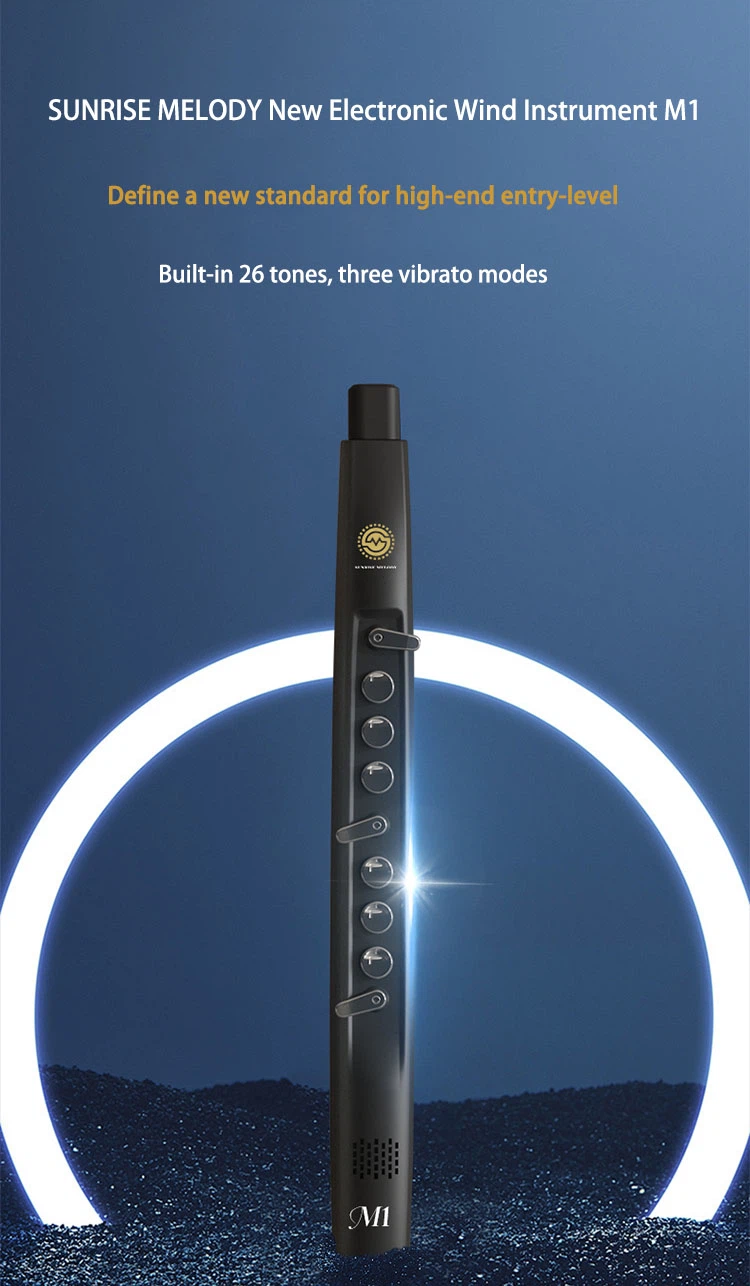Certainly! The MIDI control capabilities of the Electronic Valve Instrument (EVI) make it a versatile tool for both live performances and music production. Here are some examples of how these capabilities can be utilized:
Live Performances
Real-Time Sound Manipulation:
During live performances, musicians can use the EVI's MIDI controls to manipulate sounds in real-time, such as changing the timbre, applying effects, or controlling the dynamics of the sound.
Integration with Live PA Systems:
The EVI Electronic Valve Instrument can be connected to a live sound system via MIDI, allowing the musician to play through the PA without the need for an acoustic instrument's natural sound to carry.
Synchronization with Other Instruments:
The EVI Electronic Valve Instrument can synchronize with other MIDI instruments on stage, such as synthesizers or drum machines, to create a cohesive musical performance.
Use of MIDI Effects:
MIDI effects processors can be used in conjunction with the EVI Electronic Valve Instrument to apply real-time effects like reverb, delay, or chorus, enhancing the live sound.
Control of Backing Tracks:
In live settings, the EVI Electronic Valve Instrument can be used to control backing tracks or click tracks, allowing the musician to cue parts of the music or adjust the tempo.
Wireless Performance:
With wireless MIDI technology, the EVI Electronic Valve Instrument can be used for performances without the restriction of cables, providing freedom of movement on stage.
Hybrid Performances:
The EVI Electronic Valve Instrument can be used alongside traditional instruments in a hybrid setup, blending acoustic and electronic elements for a unique live sound.
Music Production
Recording in DAWs:
In the studio, the EVI can be connected to a DAW to record MIDI performances that can be edited, quantized, and manipulated post-recording.
Layering Sounds:
The EVI's MIDI output can be used to layer multiple sounds or instruments in a mix, creating a rich and complex sonic texture.
Sound Design:
Music producers can use the EVI to design unique sounds by controlling virtual synthesizers and samplers within a DAW.
Composing Music:
Composers can use the EVI to compose music by playing and recording MIDI parts, which can then be orchestrated and arranged.
Remote Control of DAW Parameters:
The EVI can be mapped to control various parameters within a DAW, such as track volume, pan, or plugin settings, streamlining the production process.
Virtual Instrument Control:
The EVI can be used to play and control a wide range of virtual instruments, from orchestral sounds to synthesized textures.
Re-amping and Sound Replacement:
In post-production, the EVI can be used to replace or augment the sound of a recorded instrument through re-amping techniques.
Collaborative Music Creation:
Multiple musicians can collaborate in music creation by using the EVI to control different aspects of a DAW or to play different virtual instruments in a composition.
By leveraging the MIDI control capabilities of the EVI, musicians and producers can enhance their live performances and music production workflows, adding a layer of interactivity and flexibility to their music.
SUNRISE MELODY M1 Electronic Wind Instrument - The best-selling Electronic Valve Instrument
Define a new standard for high-end entry-leve!
Built-in 26 tones, three vibrato modes



